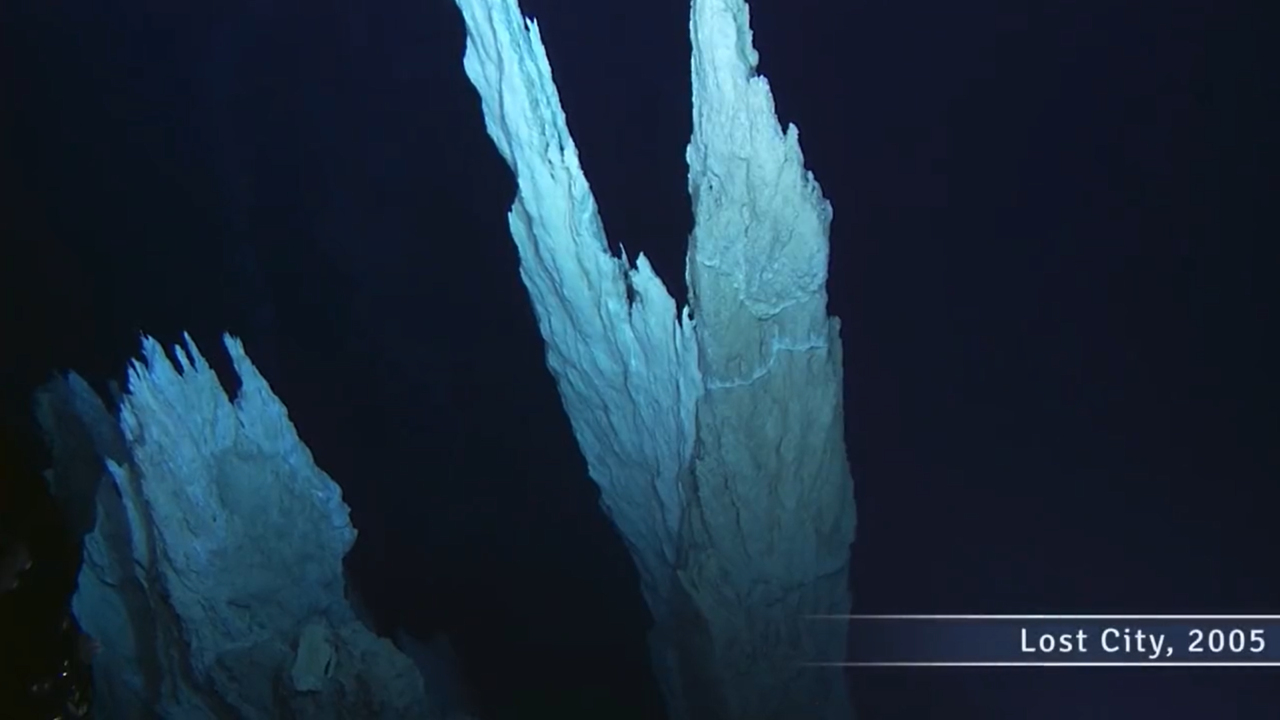The reality of the oceans has fascinated people since ancient times, so it’s no wonder it has generated countless legends about the depths.
Scientists have discovered a real lost city beneath the waves, and it’s teeming with life. This towering rocky area is located west of the Mid-Atlantic Mountain Range, hundreds of meters below the surface of the Atlantic Ocean, and consists of massive walls, columns and monoliths more than 60 meters high.
It’s not actually home to a long-forgotten human civilization, but that doesn’t make its presence any less important. The hydrothermal field, which was called the “Lost City” after its discovery in 2000, is the longest-lived seepage environment known in the ocean, according to reports. Indy100 the Science Alert Based on.
Nothing like it has ever been found on Earth, and experts say it could provide insight into ecosystems that may exist elsewhere in the universe. For more than 120,000 years, snails, crustaceans and microbial communities have been feeding on vents in the field, releasing hydrogen, methane and other dissolved gases into the surrounding waters.
The lost city where no one lived
Although there is no oxygen there, larger animals live in this harsh environment, including crabs, shrimp, and snakes. The hydrocarbons produced by the vents are not created by sunlight or carbon dioxide, but are formed by chemical reactions on the seafloor.
This is the Lost City, a towering ecosystem in the middle of the North Atlantic Ocean. It is completely unique, as there is no life anywhere else on Earth. And if someone wants to destroy it? There is nothing you can do about it. No laws. No consequences. Welcome to the high seas… pic.twitter.com/mdG5wOsr5h
— Ocean Science (@RebeccaRHelm) August 22, 2022
This is how life arose on our planet about 3.7 billion years ago, and how it evolved on other planets as well.
This is an example of a type of ecosystem that might be active on Enceladus or Europa at this very moment.
Microbiologist William Brazelton told the Smithsonian in 2018, referring to the moons of Saturn and Jupiter.
And perhaps on Mars in the past.
The tallest monolith in the Lost City of Poseidon is named after the Greek god of the sea and is more than 60 meters high.
Meanwhile, to the northeast of the tower is a rock face into which liquid flows from vents, creating “clusters of tiny carbonate outcrops that look like the fingers of upturned hands,” according to researchers at the University of Washington.
There are now calls for the Lost City to be declared a World Heritage Site to protect the natural phenomenon, especially given man’s tendency to destroy precious ecosystems.
In 2018, Poland was confirmed to have won deep-sea mining rights around the thermal field.
While the Lost City would theoretically be unaffected by such work, Science Alert notes, the destruction of its surroundings could have unintended consequences.
Worth reading:












































